State Theatre, Allentown Fair add restoration, repair fees to tickets
Allentown Fair, State Theatre tack on extra costs for restoration and repairs.
from: mcall.com
By John J. Moser, Of The Morning Call
August 27, 2012
Easton's State Theatre and Allentown Fair, two venerable Lehigh Valley venues that together have offered music and other entertainment for 246 years, have started adding fees to their show tickets to cover repairs and renovations.
The State Theatre in Easton, which has continuously offered entertainment for 86 years, this month began adding a $3-per-ticket "theater restoration fee" for tickets to its new season.
And the Allentown Fair has started charging a $1-per-ticket grandstand concert venue restoration fee on all tickets to headline shows, starting Tuesday.
Lehigh University Shelley Brown, the State's president and chief executive officer, said the fee was added reluctantly. "The fact is that we had no alternative," she said
When something breaks in the State Theatre, it is no small matter," Brown said in an email. "An air-conditioning malfunction can cost tens of thousands of dollars. Our beautiful velvet main curtain is in need of replacement, and our plumbing trials and tribulations (thankfully, mostly a thing of the past) have made for some dramatic — and expensive — scenarios."
Brown said the theater is facing repair work on its exterior walls and interior plaster "that will be very expensive."
"[It's] all part of taking care of a building listed on the National Register of Historic Places, but difficult to handle in such an uncertain economy," Brown said. "We continue to provide excellent shows, but artists have more choices of where to play, and the result of bidding wars among venues often results in higher fees for us to pay.
"It is always my pleasure to say thank you for all that you contribute to the State Theatre. It is because of your support that we can continue our mission in our beautiful, historically significant buildings. I think you will agree that there is nothing quite like the experience of seeing a show here ... from the fabulous acoustics to the intimacy of the venue itself. It is an honor to be here every day."
The fair has prided itself in adding no service or convenience fees to the tickets it sells to its grandstand shows, fair Marketing Director Bonnie Brosious said.
"The venue where concerts are staged for the Great Allentown Fair has a great deal of history behind it," Brosious said. The covered grandstand was built for harness racing, and its age becomes increasingly apparent when it is used for concerts, and it gets it compared with other venues, she said.
"We are trying as best as we can to keep pace with capabilities of those venues," Brosious said.
She said regular ticket prices are finely calculated for artists' benefit and often leave little profit for the fair. She noted the $1 addition is minimal and goes directly into an account only for renovation.
As the grandstand turned 100 last year —the fair was first held in 1852 — such an anniversary would have been the perfect time to launch a capital campaign for renovations, but a bad economy meant it wasn't the time to do it, Brosious said.
Brosious noted that much of the grandstand is in its original state. She said she would start renovations by refurbishing the 750 tons of Bethlehem steel that was used to build the grandstand, along with 750,000 bricks and 5,000 barrels of concrete. Brosious said she'd have the bricks stripped of paint and returned to their natural finish.
The grandstand originally cost $96,000 — $2.2 million in today's dollars — paid for with profits from previous fairs. It features a cupola still used today in the fair's logo.
Stretching 469 feet long and 76 feet wide, the grandstand was designed by Robert S. Rathbun, a Lehigh University civil engineering graduate who in the late 1890s served as the city's elected engineer. OCHS Construction Co. built the structure, which had offices for employees and a vast area beneath the stands for vendors and merchants.
The grandstand originally seated 7,070, but over the years has undergone changes, reducing capacity to 6,613 as officials decided some of the seats offered less than desirable views.



























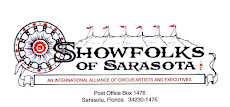

















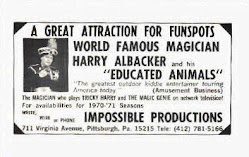

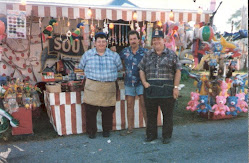




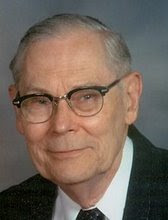
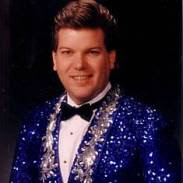







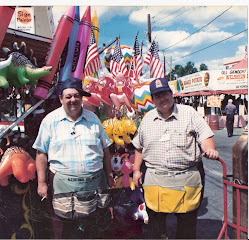
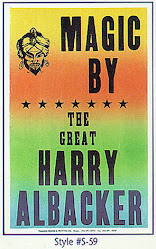











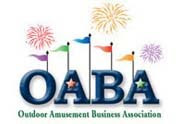



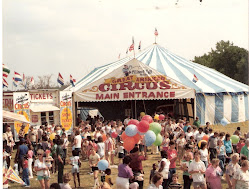









No comments:
Post a Comment